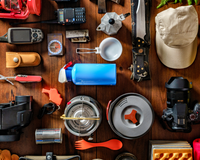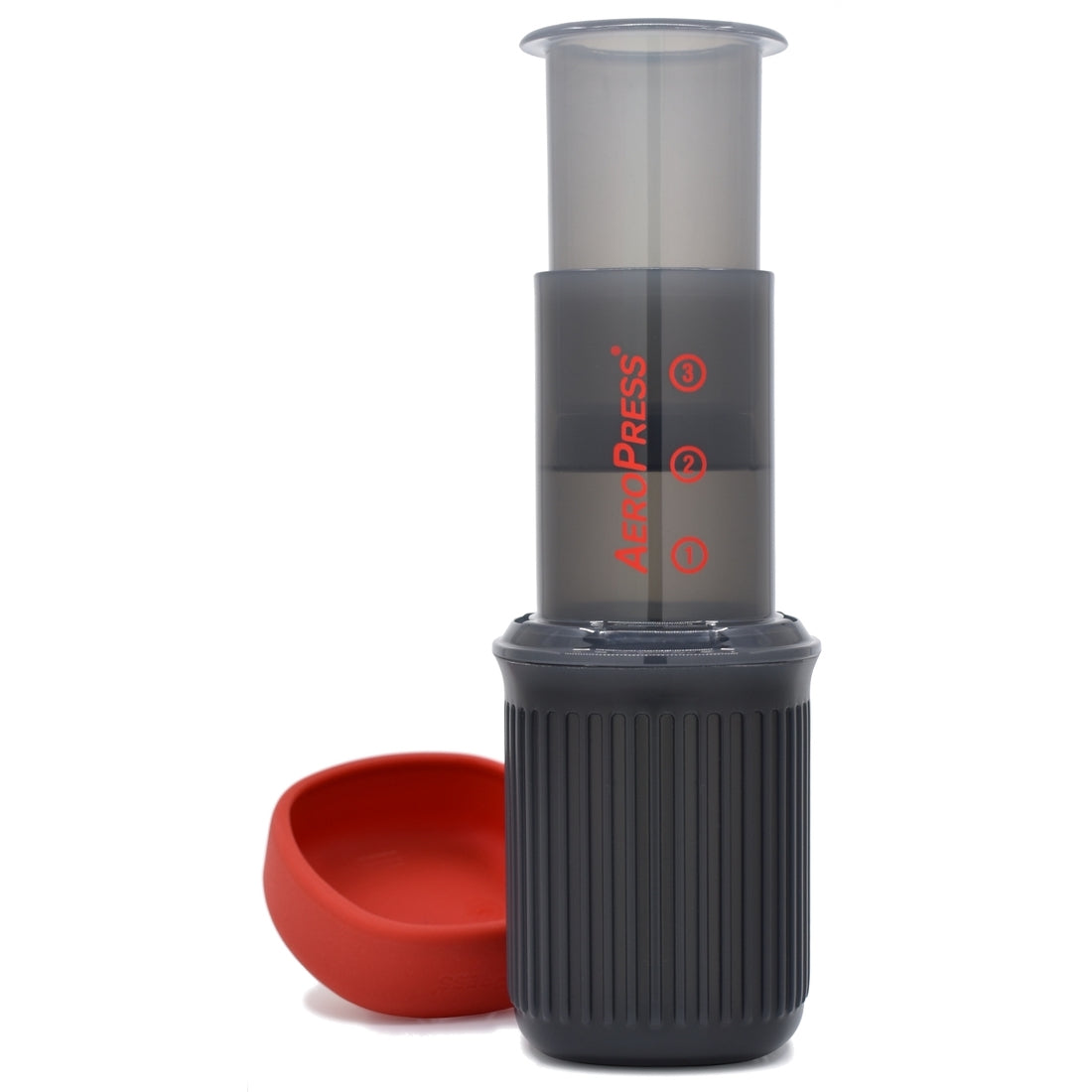As we are experiencing record breaking heat waves this summer, It is important to understand how to identify and combat heat stroke. Keep your yourself and family safe when you go outdoors on hot days.
What Is Heat Stroke?
Heat Stroke is a condition caused by your body overheating due to the prolonged exposure or physical activity in hot temperatures. Heatstroke is the most severe form of heat injury and can become an issue if your body temperature reaches 104 degrees Fahrenheit ( According to Mayo Clinic). Heat Stroke is most prevalent in the hot summer months or June through September.
What are the Symptoms of Heat Stroke?
- Headache - Your head may be in pain.
- Higher body temperature - A body temperature of 104 F or higher is the prominent sign of heatstroke.
- Vomiting and Nausea - Commonly you will feel sick to your stomach, and may experience vomiting
- Rapid breathing - You may experience rapid and shallow breathing.
- Red Skin - Your Skin may turn red due to your body temperature increase.
- Racing Heart Beat - Your pulse will likely increase dramatically because of the increased stress on your body to keep you cool.
- Cognitive issues - Confusion, Irritability, agitation, slurred speech, seizures, and coma can be caused by heatstroke.
When you Should Seek Medical Help?
If you think someone is experiencing heatstroke seek immediate medical help right away. Call 911 or emergency services.
How to Treat Heat Stroke?
Take immediate steps to cool the overheated person
- Remove extra clothing
- Get the person into shade or near Air Conditioning indoors
- Cool the person with cool water, ice pack, wet towels.
- Anything that is available to lower the persons core body temperature will be critical
What Causes of Heatstroke?
Exposure to extreme heat - Often experience after exposure to prolonged hot, humid, weather. Most often by older adults, and those who have chronic illness.
High Intensity exercise - The addition of exercise in hot weather is a known cause of heatstroke. Anyone who is exercising in hot weather can experience heatstroke. It is important to not over do exercise while experiencing hot temperatures.
How to Prevent Heatstroke?
- Wear loose, breathable clothing - Wearing too much clothing that is too tight will not allow your body to cool properly.
- Wear sunscreen and avoid sunburns - Sunburns affect your body’s ability to cool itself. Wear a brimmed hat and sunglasses to help protect your skin.
- Drink Plenty of Fluids - Keep hydrated to help maintain body fluids, and normalize your body temperature.
- Read the warning labels on medications - Certain Medications can cause you to be more prone to heatstroke.
- Never sit or leave anyone on a parked car - The inside of a car will amplify the heat. It will not take long sitting in a parked car before ones body will overheat.
- Minimize activity during the hot parts of the day - If you can help it, be sure to schedule physical activity for the cooler parts of the day. Postpone activities outdoors only when the temperature is reasonable and limit your exposure.
What is The Outlook For Heat Stroke?
After experiencing heatstroke you may be more sensitive to hot temperatures for up to a week or so after. Make sure to take it easy and stay as cool as possible until your doctor gives you the ok.









